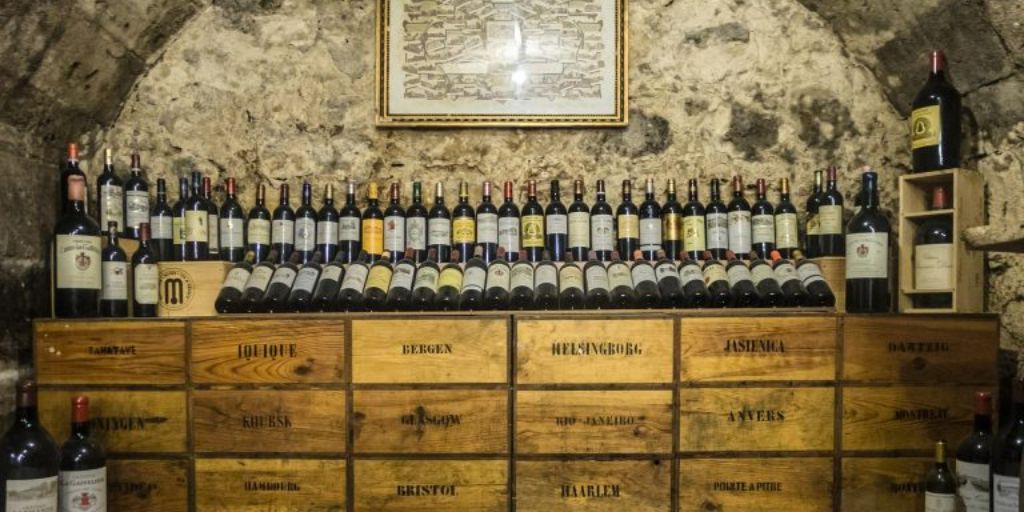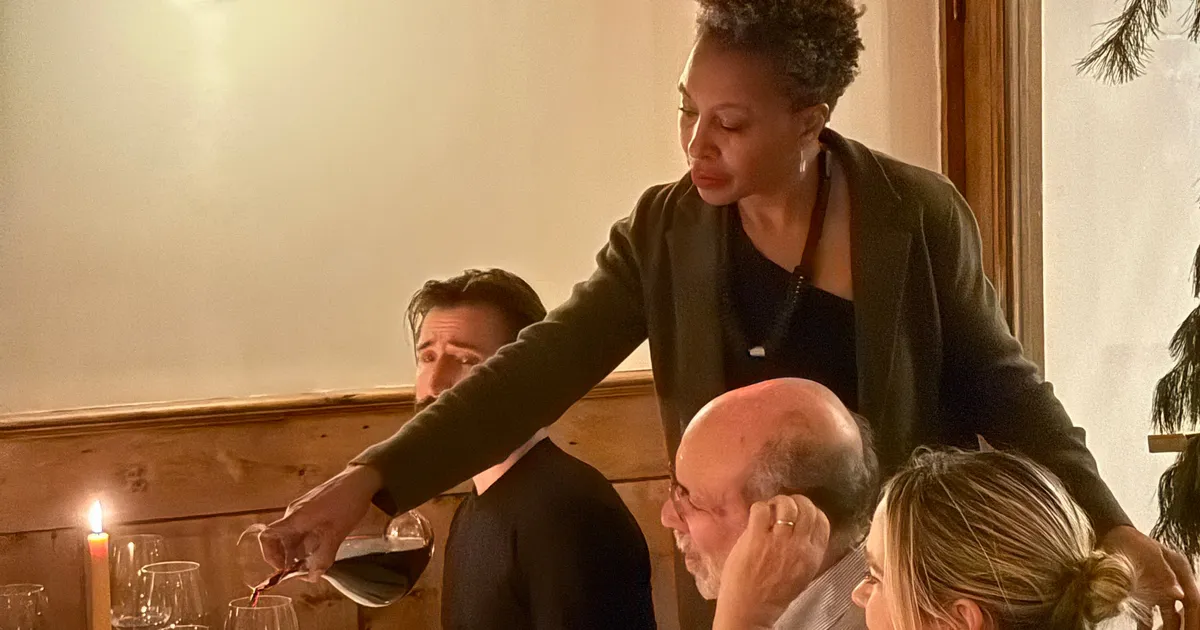Entering the world of wine can feel overwhelming due to the vast terminology that wine enthusiasts use. Whether you’re attending a wine tasting, shopping for a bottle at the store, or just enjoying a glass, understanding the basics of wine lingo can greatly enhance your experience. Knowing key wine terms will not only help you communicate more confidently but will also allow you to understand what you’re drinking on a deeper level.
To help you get started, here are 10 must-know wine terms every beginner should understand:
1. Body
The term “body” refers to the weight or fullness of a wine in your mouth. Wines are often described as having a light, medium, or full body, which is determined by factors like alcohol content, tannin level, and sugar content. A “full-bodied” wine feels heavier and more substantial on the palate, while a “light-bodied” wine feels lighter and more delicate.
Examples:
-
Light-bodied: Pinot Grigio, Riesling
-
Full-bodied: Cabernet Sauvignon, Syrah
Knowing the body of a wine helps you pair it with the appropriate food and understand its overall profile.
2. Tannins
Tannins are naturally occurring compounds found in the skins, seeds, and stems of grapes, as well as in oak barrels used for aging. Tannins give red wines their astringency and structure, making them feel dry on the tongue. Wines with high tannin levels often have a more robust, intense flavor, while low-tannin wines tend to be softer and smoother.
Why It Matters:
Tannins are a key factor in how red wines age. As a wine ages, the tannins soften, which can lead to a more rounded, harmonious flavor. If you’re new to wine, you might find high-tannin wines like Cabernet Sauvignon to be a bit bitter or drying at first, but they become more approachable over time.
3. Bouquet and Aroma
Both “bouquet” and “aroma” refer to the scents that a wine gives off, but there’s a subtle difference between the two. Aroma refers to the smell of the wine, particularly the fragrance from the grape variety itself. Bouquet, on the other hand, describes the scents that develop during the aging process, often from fermentation or aging in oak barrels.
Why It’s Important:
Being able to recognize a wine’s bouquet or aroma can deepen your understanding of its characteristics and help you appreciate its complexity. For example, a wine might have fruity aromas, like cherry or blackberry, and a bouquet that includes hints of vanilla, tobacco, or leather.
4. Terroir
Terroir is a French term that refers to the environmental factors—such as soil, climate, and topography—that affect the characteristics of the grapes used to make wine. Terroir is the essence of a region’s wine identity and can influence everything from the grape’s flavor to its acidity.
Why It’s Important:
Understanding terroir helps explain why wines from different regions taste unique. For instance, a Cabernet Sauvignon from Napa Valley will taste different from one grown in Bordeaux, despite being made from the same grape variety. Terroir gives wines a sense of place and is an important concept for those interested in exploring regional wines.
5. Vintage
The vintage of a wine refers to the year in which the grapes were harvested. Wines with the same vintage tend to share similar characteristics, as they come from the same growing season. A good vintage can result in a wine that is particularly exceptional, while a poor vintage might produce a wine with less favorable qualities.
Why It’s Important:
The vintage can greatly affect the flavor and quality of a wine. For example, certain regions may experience better growing conditions in some years, resulting in more robust, balanced wines. When buying wine, it’s often useful to know the vintage and how it compares to others from the same region.
6. Dry vs. Sweet
One of the most fundamental wine terms is whether a wine is dry or sweet. A dry wine has little to no residual sugar, while a sweet wine contains higher levels of sugar, which is left behind during fermentation. Most dry wines are red wines, though there are also dry white wines. Sweet wines, on the other hand, are typically dessert wines or certain white wines.
Why It’s Important:
Knowing whether you prefer dry or sweet wines can help you select wines that align with your taste preferences. If you prefer fruity flavors with a hint of sweetness, you might gravitate toward a sweet wine like Moscato or Riesling. If you enjoy wines that are crisp and less sugary, you’ll likely prefer a dry option like Sauvignon Blanc or Merlot.

7. Acidity
Acidity refers to the tart or sour sensation you feel on your tongue when tasting wine. Wines with high acidity are often described as being “crisp” or “refreshing.” Acidity is an important factor in balancing a wine’s overall flavor profile, as it can enhance the fruitiness and provide a clean, refreshing finish.
Why It’s Important:
Acidic wines, such as Sauvignon Blanc or Pinot Noir, tend to pair well with food, especially dishes with higher fat content, like cheese or oily fish. Wines with lower acidity, like Chardonnay or Cabernet Sauvignon, might feel richer but can feel less refreshing.
8. Finish
The finish of a wine refers to the lingering taste or sensation that remains after swallowing. A wine with a long finish will leave a pleasant taste that lingers on your palate for several seconds, while a wine with a short finish will fade quickly. The quality of a wine’s finish is often an indicator of its overall quality.
Why It’s Important:
A long, smooth finish can make a wine feel more refined and complex. Wines with a good finish are often more memorable and enjoyable, leaving you with a lingering impression of the flavors.
9. Decanting
Decanting is the process of pouring wine from its bottle into a decanter or another container to allow it to breathe. This process is often used for red wines, especially older wines, to separate the wine from any sediment and to allow the wine to oxygenate, enhancing its aromas and flavors.
Why It’s Important:
Decanting can improve the flavor and texture of wine by softening tannins and releasing aromas. While not every wine requires decanting, older wines or those with a lot of tannins, like Cabernet Sauvignon or Syrah, benefit from this process. If you ever come across a bottle of wine that’s young or has a strong tannic profile, decanting it may make it more approachable.
10. Pairing
Wine pairing is the art of matching wine with food to enhance the flavors of both. Certain wines complement specific dishes better than others, and learning the basics of pairing can make your wine experience much more enjoyable. Generally, light wines pair well with lighter foods, while bold wines are better suited for richer, heavier dishes.
Why It’s Important:
Good wine pairing can elevate a meal, bringing out the best in both the food and the wine. For example, a crisp Sauvignon Blanc pairs beautifully with fresh seafood, while a full-bodied Cabernet Sauvignon is a great match for a juicy steak. Learning about wine pairings will allow you to make better choices when serving wine at a dinner party or enjoying a meal.


